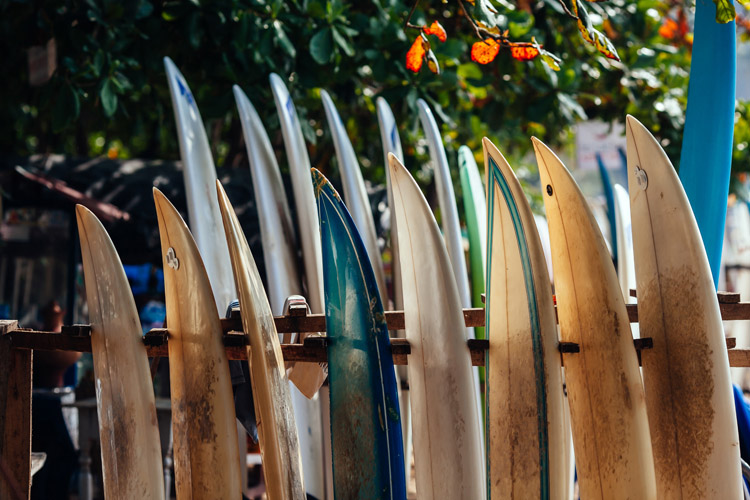The most important thing in surfing is grip. Without it, you couldn't turn, stand, sit, or shred on your surfboard. However, the wax begins to weaken after days, weeks, or months of surfing.
Many people outside of the surfing world don't know what surfboard wax is or what it is for. If they had to guess, they might get lucky.
However, understanding the basics of a good wax job and why it is necessary to remove it may take years of experience or dedicated research.
A large number of surfers wax their boards before every surf session. A few times, they paddle out and forget to, but quickly realize something isn't right.
When your chest rests on the board with little wax, you will slip off and have a hard time paddling out, especially in rough water.
However, you're too excited to go back to shore. So, after catching your first wave, you popped up, but to no avail, you slipped and learned your lesson the hard way.
Guess we all need to be reminded of the benefits of wax. And the lengths companies go to improve effectiveness.
Base Coat and Top Coat
This brings us to the next topic: the base coat and the top coat. What's the difference? The base coat sits on the board's top deck side.
After this layer, you apply the top coat. Both layers will need to be replaced every so often.
The right time is completely up to you. But to explain the relevant reason for doing so, we will have to imagine the surfing experience.
You pack the board. Ding it a few times while loading and unloading. It sits in the car, on the roof, or in the back of a truck.
Some people use board bags; others don't. Maybe they should.
But either way, the board gets beat up! Your wetsuits press against it, rub up on it, and scrape the wax clean off.
Your feet smash it, and the sun melts it. Every second, something in our universe is acting on your board and, more importantly, the wax.
Top layers are designed to be tacky and to stick to your feet so that you stick to the board.
Here is where it gets complicated because some people think a base coat will last forever. Wrong. Like a car tire, it needs to be replaced.
Imagine the warm water melting off your top coat. Then your feet, hands, and board shorts rub off the bottom coat.
No matter what, top coat wax will not effectively stick to the fiberglass or polyurethane deck your surfboard is made out of.
That's why we have two coats like painting. You have a base coat and top coat so that the paint sticks to the wall.
And when the base coat on your board is compromised, or when the two layers mix with dirt in the water, they no longer work as effectively as they were designed to do.
This is why it is important to remove wax regularly. With a fresh set of wax, you will have more grip than without it or with old-used wax.
Learn how to recycle old surf wax and how to make homemade wax for your surfboard.
Words by Colin Kirk
